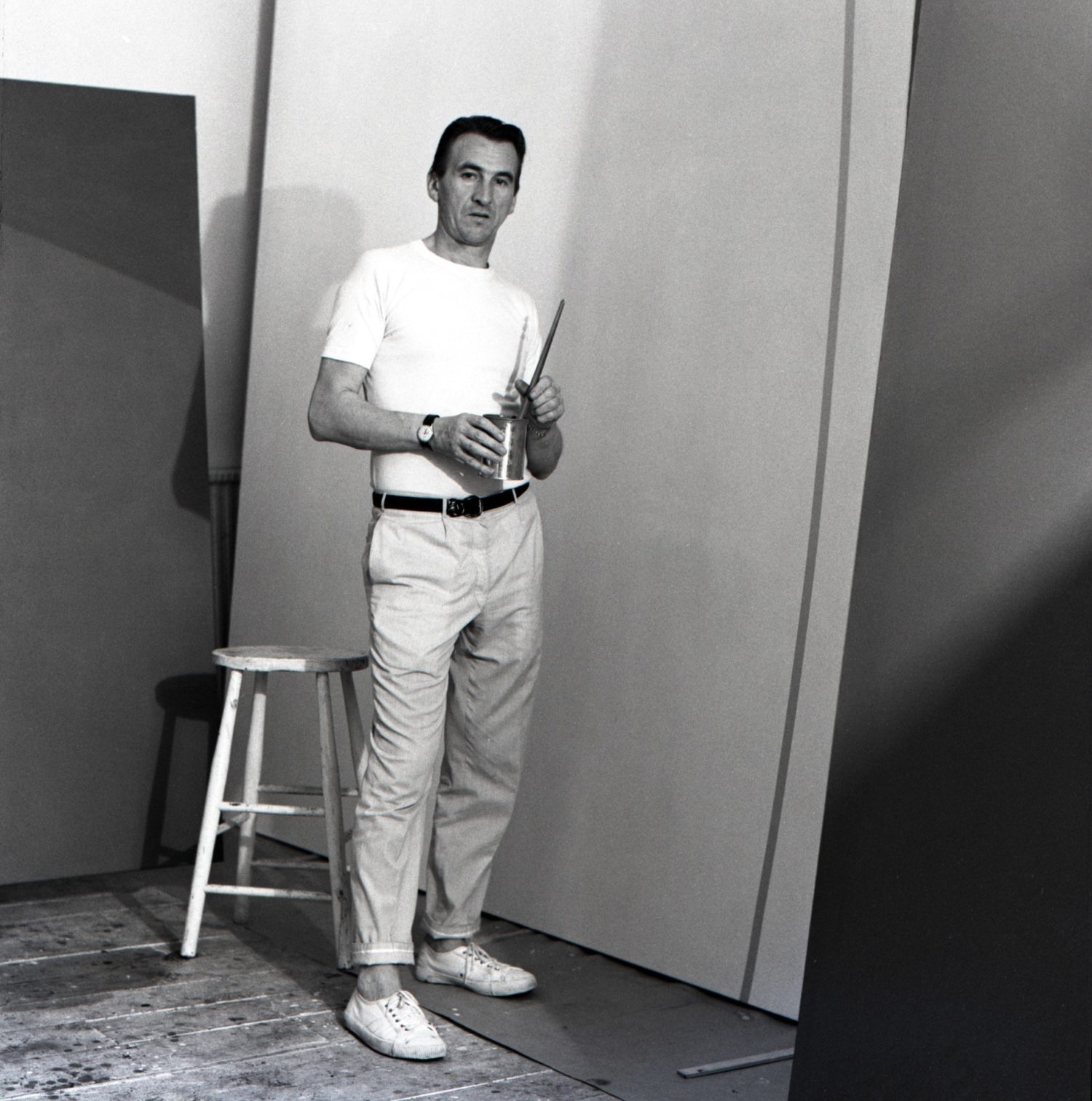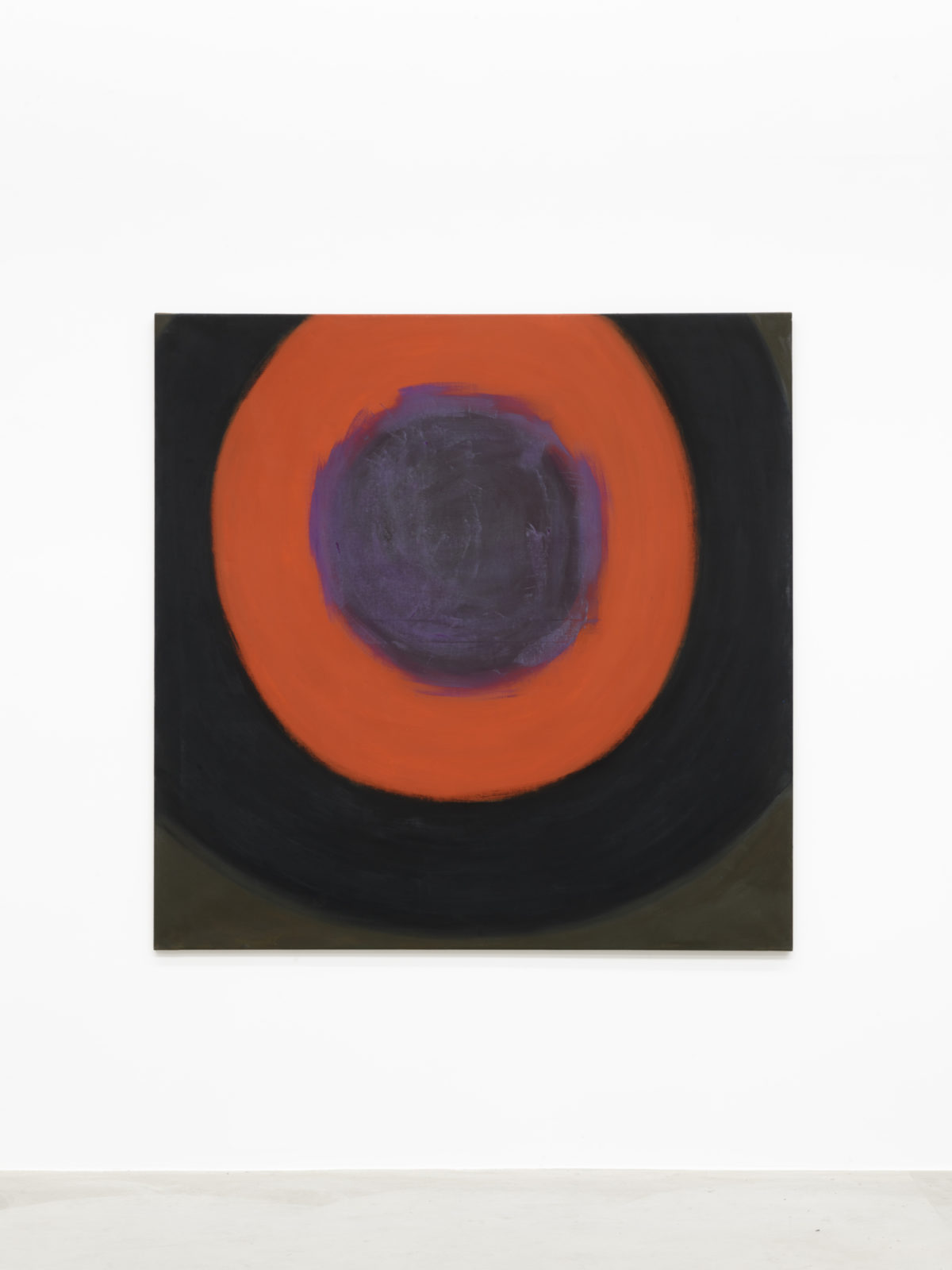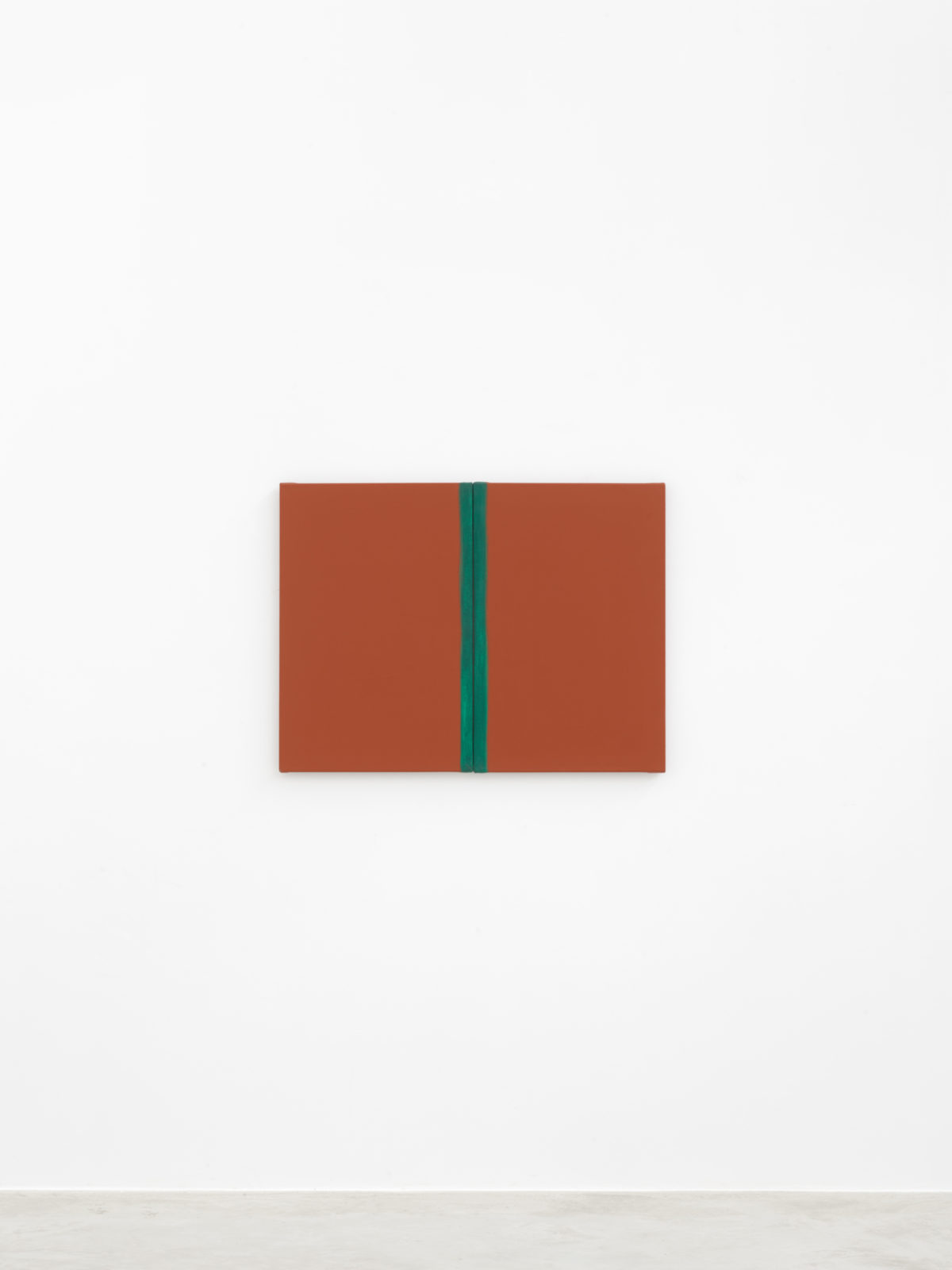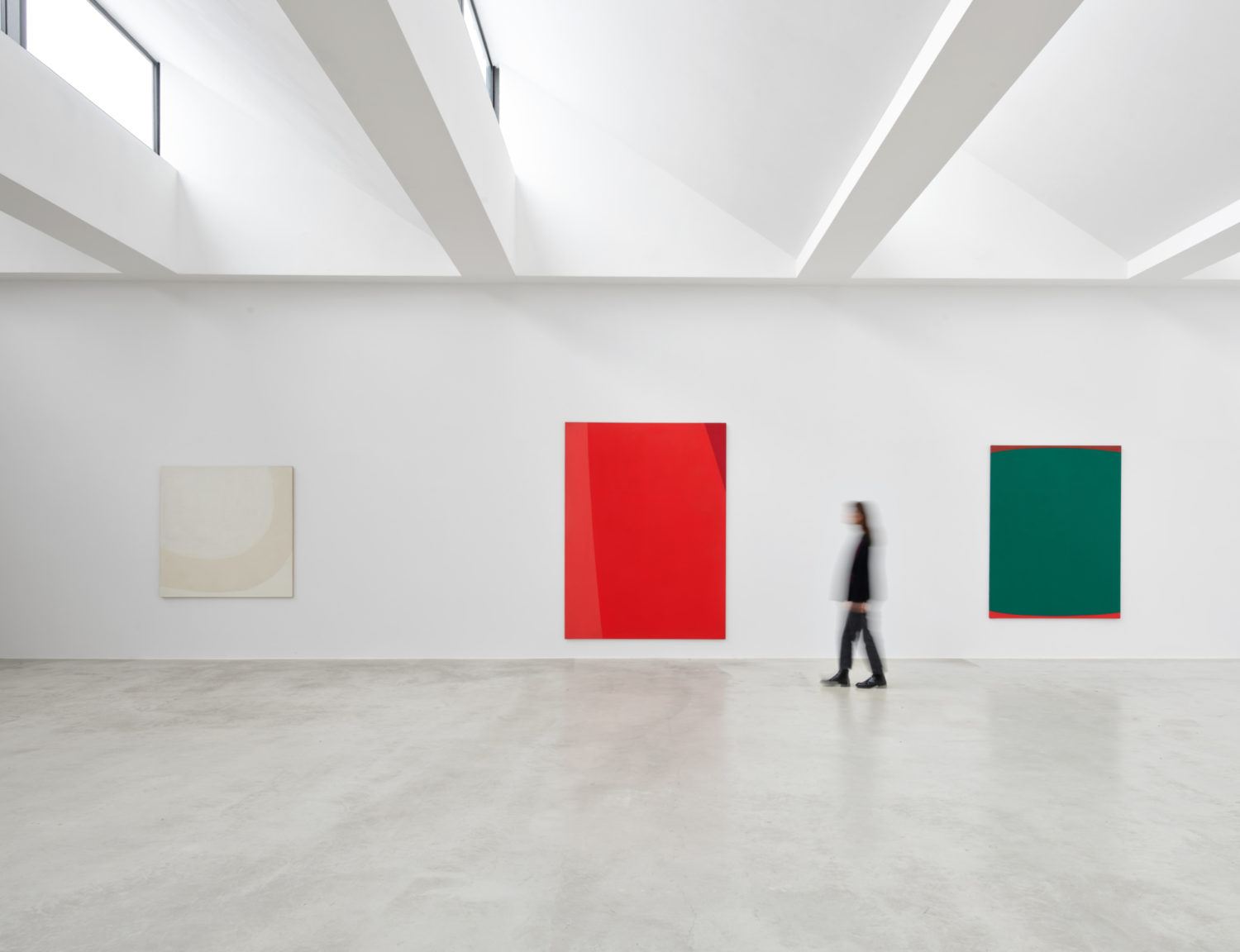Paintings 1959 – 1962
, Paintings 1959 – 1962
由 →
Wijnegem
Pictures of the exhibition
, Paintings 1959 – 1962
由 →
Wijnegem
Story of the exhibition
Axel Vervoordt Gallery is pleased to present William Turnbull: Paintings 1959–1962, the artist’s first solo exhibition with the gallery. This presentation focuses on a seminal period in Turnbull’s career, offering a rare opportunity to experience a group of works that have seldom been shown in public.
William Turnbull (1922–2012) was a central figure in postwar British art, whose practice spanned both painting and sculpture with an uncommon balance of form, colour and abstraction. Born in Dundee and based in London for most of his life, Turnbull emerged in a cultural climate that remained tied to figurative and romantic modes of expression. In the years immediately following World War II, British art was still marked by reconstruction and restraint, with abstraction regarded by many as a foreign or overly intellectual pursuit. Against this backdrop, Turnbull’s engagement with international modernism signaled a decisive and independent direction.
After briefly studying at the Slade School of Fine Art, attending only the life drawing classes, Turnbull transferred his grant to Paris in the late 1940s. There, in the late 1940s, encounters with Alberto Giacometti, Jean Hélion and Constantin Brâncuși shaped his understanding of form, scale and spatial perception. Paris exposed him to a language of modernism that was simultaneously formal and metaphysical, concerned less with representation than with the act of seeing itself. Upon returning to London, he carried these lessons into a context that was still negotiating its postwar identity, becoming one of the few British artists to align with a truly international vision of abstraction.
Turnbull’s visit to New York in 1957 proved equally transformative. At a moment when the city had overtaken Paris as the centre of contemporary art, he encountered the work of the American Abstract Expressionists first-hand. Large canvases by Mark Rothko and Barnett Newman, with their expansive colour fields and philosophical ambition, confirmed his own search for a painting that could exist as a field of experience rather than a window onto illusion. “These large canvases,” he wrote on his return to London, “are banners carrying the ideogram of our time; not creating a familiar illusionistic space… but acting outwards into our own world, large environmental shields changing our lives by leaving us at its centre.” These experiences affirmed his pursuit of a language of abstraction rooted in observation yet unbound by representation, marking a turning point that led to these luminous, spacious paintings.
By the late 1950s, Turnbull had moved beyond figuration to produce large-scale works defined by uninterrupted fields of colour. The paintings included in this exhibition, created between 1959 and 1962, reflect his investigation into surface, rhythm and spatial tension. Vertical and horizontal lines, and occasionally softly curved bands, guide the eye across the field while maintaining a profound sense of stillness. The effect is meditative, inviting reflection on the relationship between line, colour and perceptual space.
Turnbull’s abstraction resonates with the Colour-Field painters of his generation, including Jack Tworkov, Helen Frankenthaler, Rothko, and Newman, yet his voice remains distinctly his own. His paintings balance precision and openness, creating compositions that are elemental, contemplative and timeless. They invite viewers to experience the canvas as a continuous plane, where the meeting of coloured areas generates tension within the field rather than delineating distinct shapes. This emphasis on spatial continuity underscores both his formal rigour and his meditative intent.
The materiality of Turnbull’s paintings is central to their effect. He applied colour in thin, even layers that enhance luminosity while preserving the tactile presence of the canvas. As critic Lawrence Alloway observed in 1961: “Materiality in painting has often been identified with the weight of paint lying thickly on the canvas. To Turnbull, however, like Rothko in this respect, materiality is a function of the ground itself. His colour is flat and bodiless as a dye, so that the tangibility of the canvas surface itself is preserved.” Turnbull’s surfaces, at once restrained and radiant, invite a quiet attentiveness, a form of looking that is both intimate and expansive.
While his sculptural work of the same period explored mass, balance and physical presence, these paintings investigate space through stillness and light. The absence of gesture excess or narrative distinguishes Turnbull’s work from that of his American contemporaries, whose emphasis on emotional intensity and physicality he both admired and quietly resisted. Instead, his paintings embody a clarity and discipline that bridge European formalism with the existential depth of postwar abstraction.
This focused presentation allows for a concentrated encounter with Turnbull’s mature abstraction. The selection foregrounds the precision, coherence and contemplative quality that define this period of his practice. Visitors are invited to engage with the works not as images, but as environments of thought and perception, as “banners carrying the ideogram of our time.”
A second chapter, to be presented in the first half of 2027, will expand upon this presentation, incorporating both sculptural works and later paintings to offer a view of Turnbull’s lifelong dialogue between form and space. Together, the two exhibitions aim to illuminate the breadth and depth of his artistic inquiry, revealing a practice that continues to resonate with contemporary concerns of perception, materiality and the metaphysical potential of art.
Axel Vervoordt Gallery is pleased to co-represent the Estate of William Turnbull with Offer Waterman, London, in close collaboration with the Turnbull Studio. Through this partnership, the gallery seeks to bring Turnbull’s work to new audiences and deepen appreciation of his remarkable legacy, highlighting a phase of his practice that is both historically significant and profoundly relevant to the language of abstraction today.



